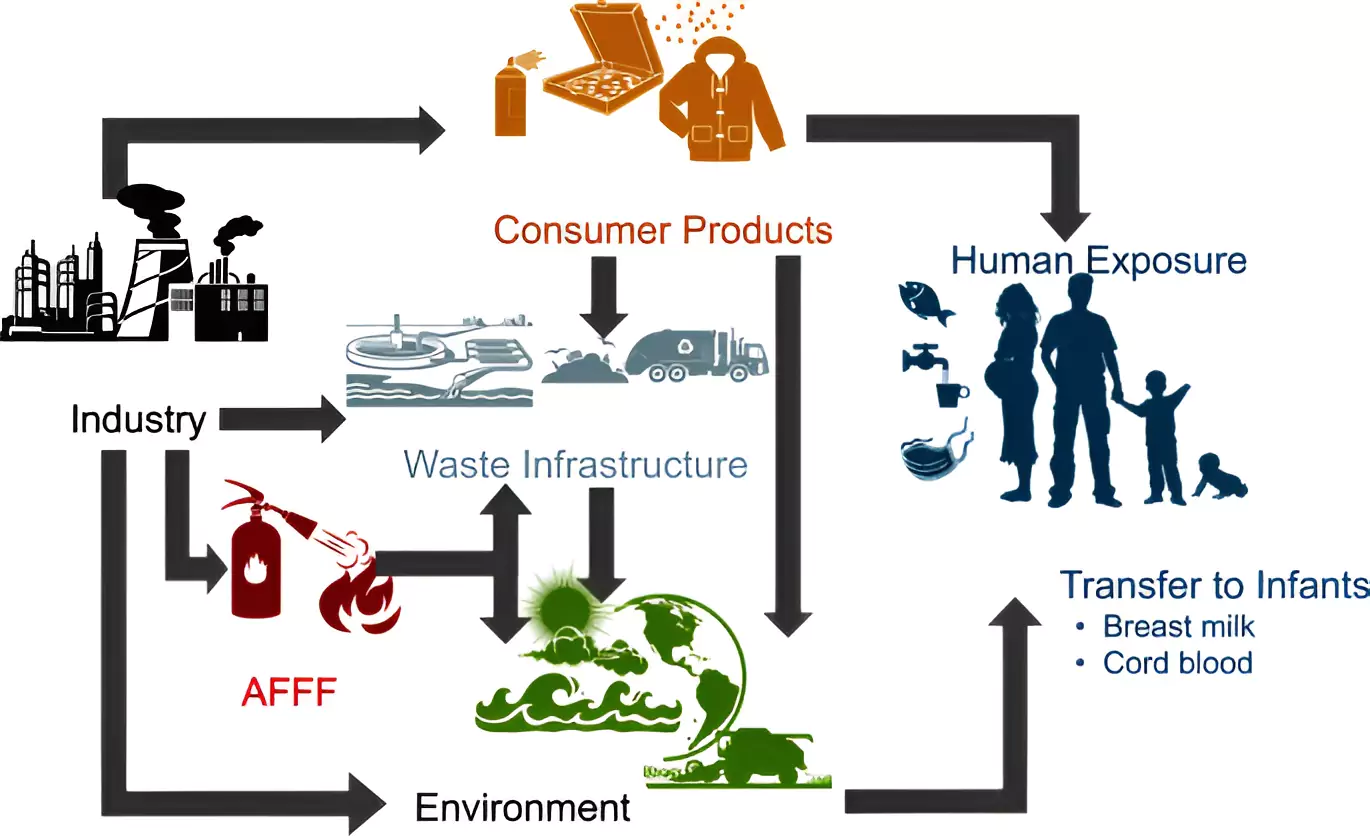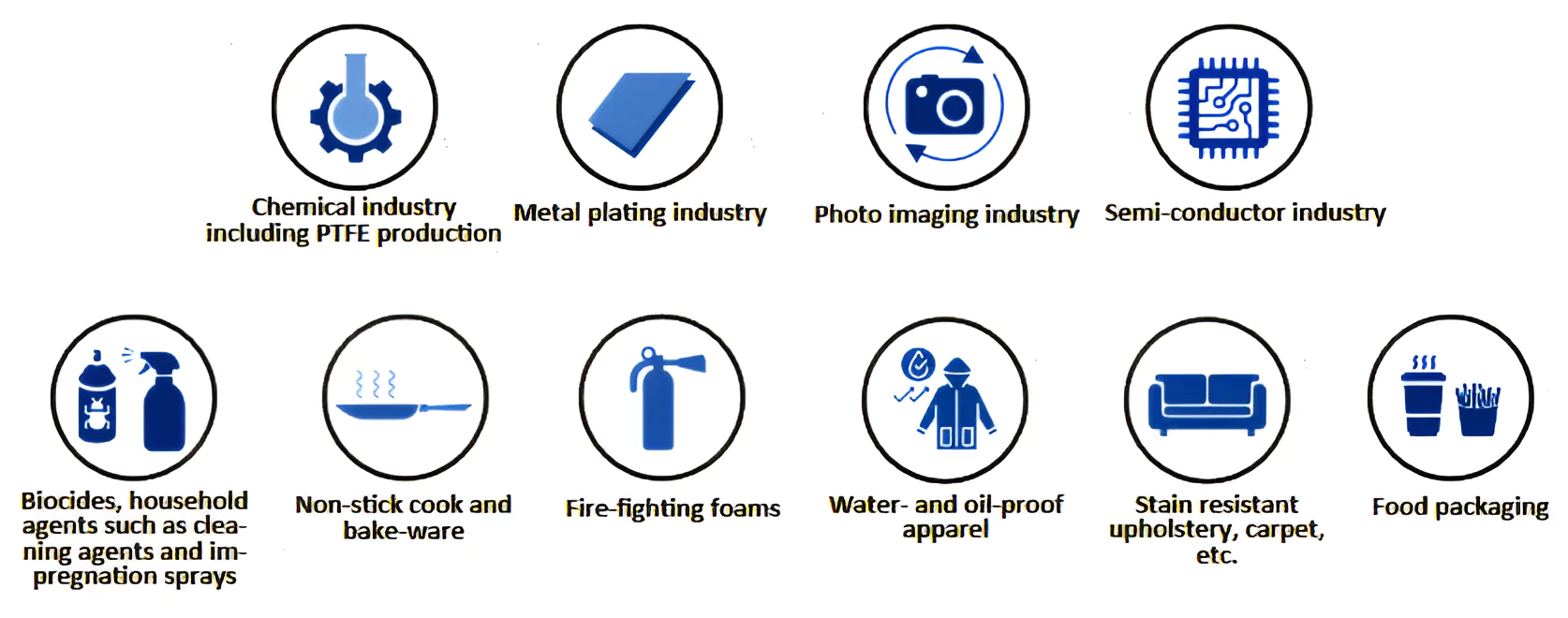A new study revealed the presence of forever chemical ‘organic fluorine’ in bandages from some reputable brands including Band-Aid and CVS Health.


PFASs and the Stockholm Convention for Persistent Organic Pollutants
|
|---|
| Must Read | |
| NCERT Notes For UPSC | UPSC Daily Current Affairs |
| UPSC Blogs | UPSC Daily Editorials |
| Daily Current Affairs Quiz | Daily Main Answer Writing |
| UPSC Mains Previous Year Papers | UPSC Test Series 2024 |
To get PDF version, Please click on "Print PDF" button.
<div class="new-fform">
</div>
